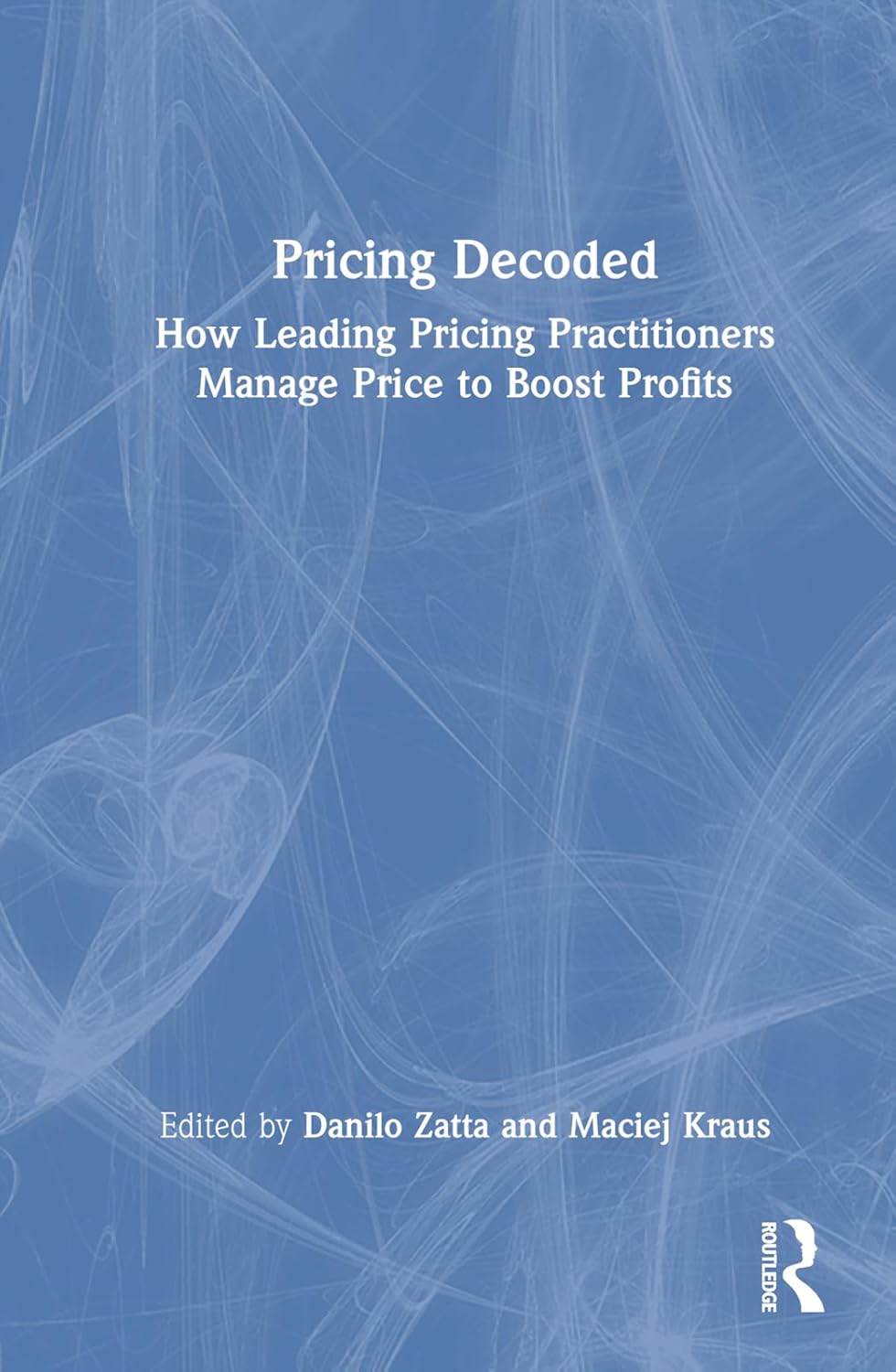Drip Pricing: How and Why Does it Work?
 PriceBeam
·
1 minute read
PriceBeam
·
1 minute read

Drip pricing is illegal in a number of jurisdictions as it can give firms an unfair advantage over competing firms with a more transparent pricing process: and it’s very annoying for consumers.
Breaking Down: Drip Pricing
Drip pricing occurs when a company’s price tag is not reflective of the final price paid by the customer. That is, when an initial price of, say, $25 is advertised, and later in the purchase process a number of unavoidable fees, such as booking & service fees, credit card fees and taxes are added, making the final price much higher, say $35.
In this case, a company can reach an audience whose willingness-to-pay is lower than $35. When the fees don’t appear until the end of the purchase process, the customer will have spent time on making the purchase and made his purchase decision already. Therefore, the customer no longer evaluates the product isolatedly, but also the time spent on making the purchase (filling in personal information, credit card details etc.).
Using the Irrationality of the “Sunk Cost Fallacy”
As noted above, drip pricing is illegal. However, it is worth noting why it is so effective: the sunk cost fallacy. This term refers to consumers’ tendency to take sunk cost into account when making decisions:
“The sunk cost fallacy describes the justification of increased investment of money and time in a decision, based on the cumulative prior investment; despite new evidence suggesting that the cost, beginning immediately, of continuing the decision outweighs the expected benefit.”
That is exactly what airlines and other firms do when deploying drip pricing tactics. For some customers, the final price paid will outweigh the benefits they get. There is an alternative that is better or cheaper, even when taking into account that one must sign up and fill in personal details again; but because the customer has already spent all that time and made his decision, the customer’s commitment escalates and he irrationally buys the less desired option.
Summary: Can you escalate your customer’s commitment?
It may be worth considering if you can get your customer to escalate his commitment before facing your price. After all, we know from drip pricing that it does work, and that you can, in fact, drive up your customer’s willingness-to-pay using the sunk cost fallacy.
.png?width=400&height=100&name=PBLogoTransparent%20(1).png)



